December 18, 2020
The paintings in his solo show at The Power Station reveal a part of ourselves in the quotidian.
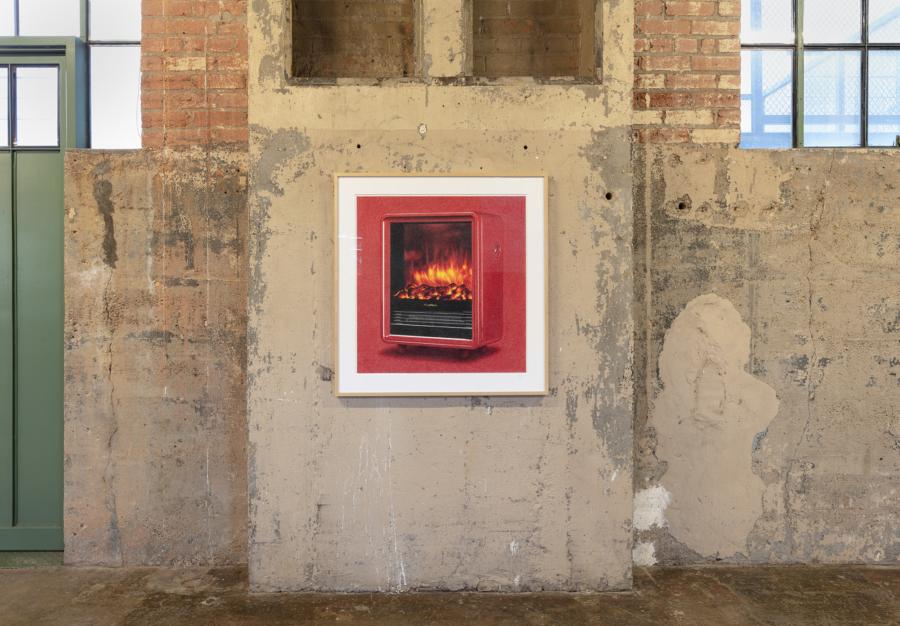
Mathew Cerletty’s new solo show, Full Length Mirror on view until May 22, 2021 at The Power Station, is a meditation on contemporary daily life and its trappings. The paintings engage commercial photography and stock images of idealized household objects floating on seamless backgrounds. Cerletty is known for exquisite hyperreal images of subjects selected to showcase painterly craft and multi-faceted interpretation, formed by layers of paint applied over months, that may seem mundane at first glance, with a Duchampian readymade’s evasive agenda. A Cerletty painting provides a sense of poignance and certitude, and we all see our own story.
“Spending time with Mathew in his studio as he made the show was a confirmation that his paintings are not only impeccable on a technical level, but they are heartfelt and full of sincerity,” explains Rob Teeters, who organized the show. “He puts an incredible amount of thought into each painting and how his exhibitions read as a whole. This might not be immediately legible given the ‘ordinary’ nature of his subjects. The technical proficiency can also divert the viewer from this deeper content. After spending time with the work the paintings unravel and reveal something else.”
“The show is the right amount of weird!,” he added.
The Power Station was founded by Alden Pinnell, to provide artists the opportunity to create site-specific exhibitions in the brick shell of a circa-1920 Dallas Power and Light building, engaging the location’s historic architecture and setting. Attracted to the unconventional personality, texture and utilitarian origins of the space, Cerletty made this group of paintings with the idea that the building itself would complete the work. Brendan Dugan, the founder of Karma, who represents Cerletty in New York, described the paintings as both “cerebral and deadpan,” noting that the “interaction of these highly finished paintings in the raw space creates an uncanny yet precise installation.”
That feeling is not uncommon. “A visitor described the show,” Pinnell recalls, “saying, ‘This show is comforting to me. These paintings are so precise, so orderly and have such a wonderful sense of humor. I can make sense of them, unlike the year we’ve just been through.’”
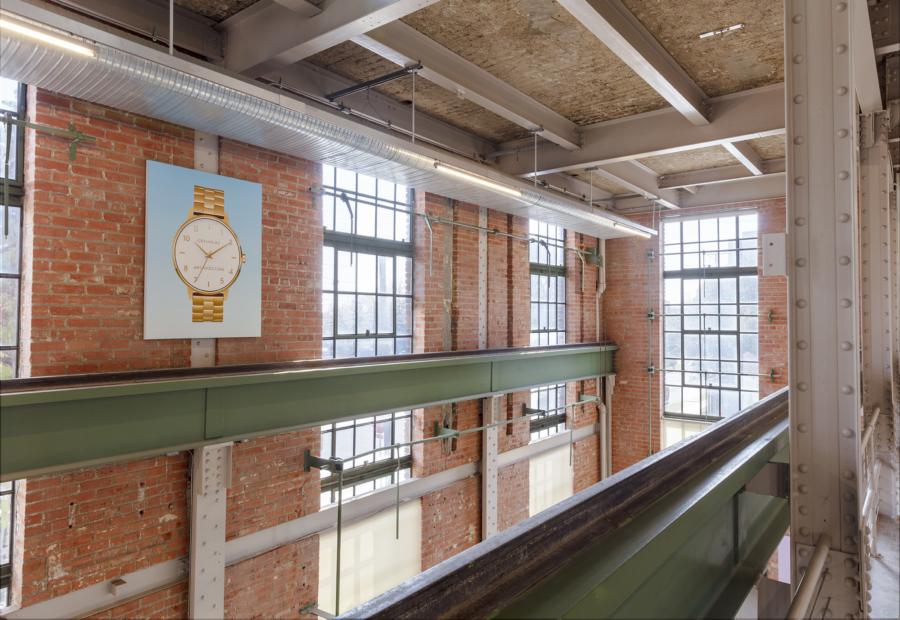
How long did the works in Full Length Mirror take to prepare?
This is about a year and a half of work. The show was actually supposed to happen in April, but we postponed until November and I just kept working. When I start a show it’s anything goes, whatever ideas feel exciting. Then as paintings accumulate, the additions get more carefully calibrated to help the group or work in the space. A show might need a long horizontal or a yellow painting, or a funny painting or an ominous one. It’s organic, done by feel, like making a mixtape. And I usually work on two or three at a time, for practical reasons, but I’m always focused on one more than the others.
What experience would you like to provide to the viewer?
I hope my work helps people see a little more mystery in the world around them and to question some assumptions about where they find meaning.
What is your process?
There’s a lot of planning before I start painting. Images and ideas being kicked around on the computer usually, sometimes for months. Once things seem to lock-in, I choose a scale using a projector and then I order a canvas. I paint on oil primed linen. I sketch the image from my mockup and then paint pretty systematically in layers. It usually takes 2-3 layers to feel solid. Ideally, the actual painting process takes a month, but that can stretch to 3 or 4 months if things get out of hand. Like the bunny in this show. The level of finish is an attempt to cover my tracks, I want the paintings to feel like I found them complete.
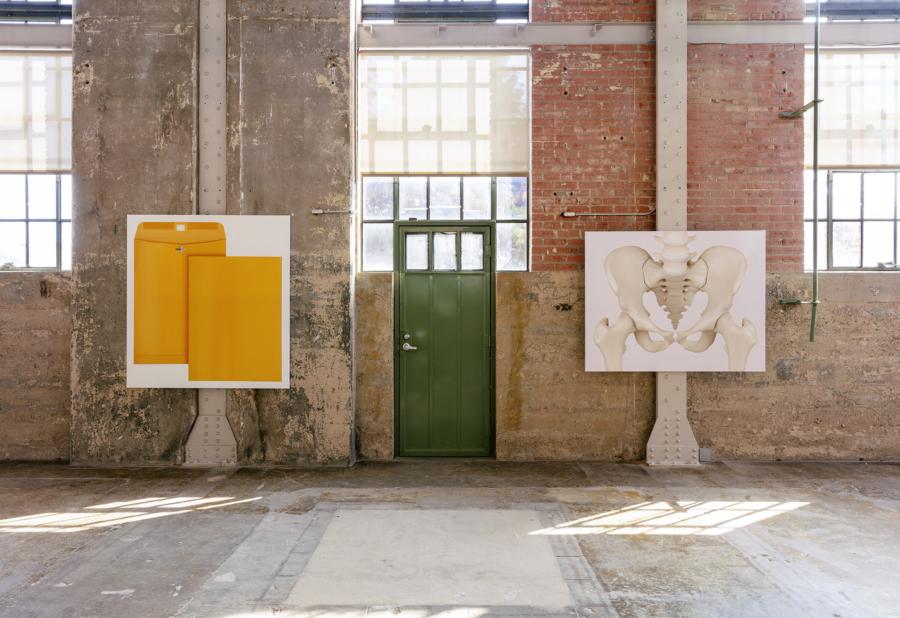
How do you find images? Do some images fail?
Anything goes! Lots of it is found or based on something found. Many, many google image searches. Sometimes I assemble and light an object and photograph it, or certain parts are done this way when more detail is needed. The images that become paintings have had a lot of pressure put on them over time. They need to hit the bullseye on a conceptual or emotional level and a formal oil painting level and images that do both are hard to find. Because images spend so much time on trial, I’ve gotten pretty good at making sure they will work once I start painting, but sometimes there’s a dud. I am pretty ruthless in the studio though, so those don’t get out. Usually there’s some technical aspect that comes up short, or maybe I had an ego trip moment and told myself an idea was better than it is. It happens!
You recently had a baby. How is painting and parental life?
Becoming a dad in May lined up conveniently with quarantine in a way. I got a version of parental leave and didn’t feel I was being left behind in my work life. I hope COVID teaches us to tone down the rat race a bit. As far as being a parent influencing me in the studio, I am excited about the potential! There is this dumb idea that being a parent is bad for an artist because it is a distraction. How could an experience that pulls you deeper into life be bad for art? My son’s perspective is already fascinating at 7 months, a new world.
What is your daily routine?
I’ve always been resistant to the idea of a routine, just seems square. I used to sleep all day and work all night and I suppose that became my anti-routine routine. It suits painting to be working away on your secret projects while everyone’s asleep. But now I’m on a pretty strict Dad schedule, up for breakfast with the fam, home at six. It’s pretty cute actually and it feels, in a way, like I’m pretending to be normal.
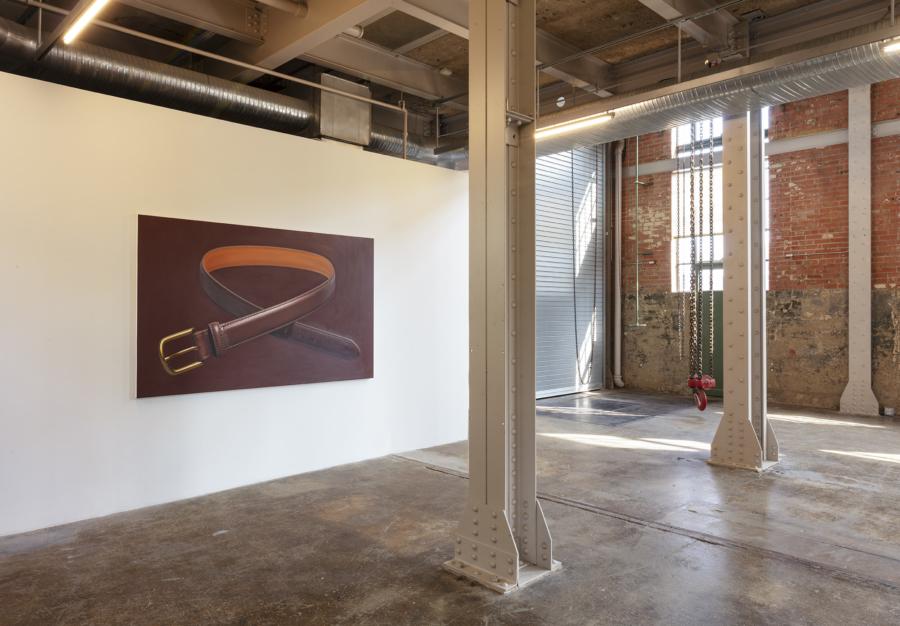
Did COVID heighten the isolation in the paintings?
After seeing the imposing industrial architecture of the Power Station, I decided that I didn’t need to add more context. So, I went as antiseptic as possible, floating the objects in a kind of liminal painting space. This allowed the objects themselves to find visual connections to the real space more easily, they kind of grab onto the building and feel connected. COVID didn’t hit until I was mostly done with the show, but if the works are well made, they should adapt to the circumstances and take on new meaning. I did add a few works over the summer that engaged our biological anxiety a bit like the paintings of the pelvis and air vent.
Your paintings carry humor.
The joke is usually at the beginning. Jokes just pop in your head, a conceptual rhyme with an element of surprise. Painting ideas are similar. It’s a good sign if an idea makes you laugh at first. And if you spend more time with it, the humor dissipates and other feelings arise. Ideally that progression repeats, like a song stuck in your head.
Do you find the paintings have tension?
Of course, tension and balance are the fundamental ingredients in painting, whether it’s conceptual or formal. And painting itself has some heavy baggage. So many of my ideas are trying to lighten the load or defy expectations of worthiness. I also think my work makes heavy eye contact which can be uncomfortable for people that aren’t interested.

Your painting seems informed by light.
I want my work to look like it’s plugged in, glowing. I want it to feel like the air in the painting is super clean and refreshing and nearly imperceptible changes to color harmonies or brightness can shift that air quality from muggy to mountaintop. Clarity is the goal, everything in focus. I find the idea of light to be confusing, because in painting light is everything.
The press release for the show mentions the Michael Fried verbiage, “an imaginary boundary between the world of the painting and that of the beholder.”
The viewer has a major role to play in creating the world of the painting, which resembles the role of the artist more than you might think. Have you heard of horseshoe theory in politics? The idea is that the far left and far right are actually quite similar and aren’t on a linear continuum. So maybe the artist and viewer are the far left and far right that have a lot in common and the artwork is the Clintons.
What artists are you currently looking at?
I spent years feeling disconnected from painters of my generation, only looking at older people like Robert Gober or Jasper Johns. But now there are a bunch of painters around my age whose work excites me…Caleb Considine, Leidy Churchman, Jana Euler, Caitlin Keogh, Greg Parma Smith…to name a few. It’s great to tap into their energy and get ideas, and it feels a little competitive (in my mind) and that’s fun. Brings clarity to where I belong and how I can be most useful.
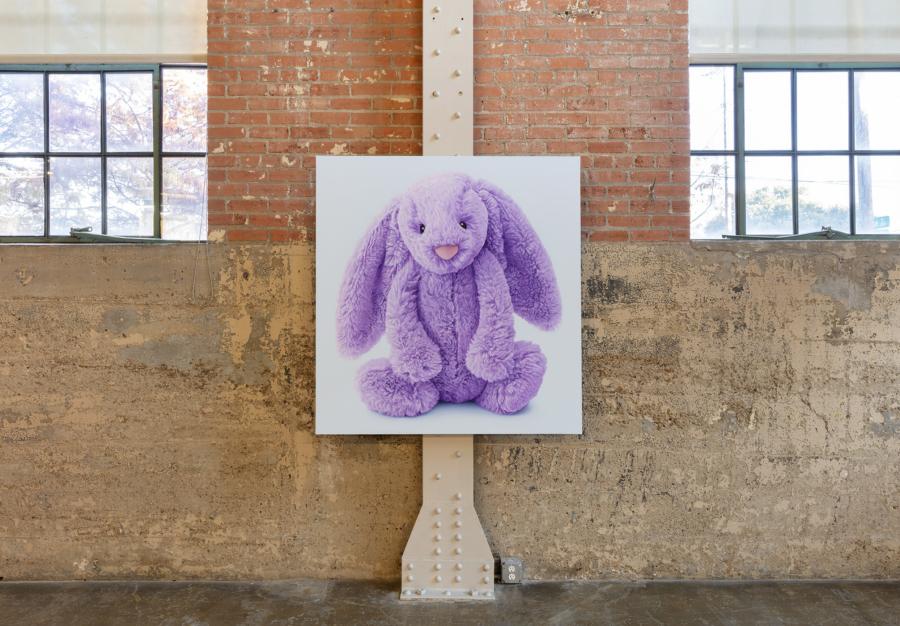
Why paint?
It’s powerful, practical and goes all the way back in human history. It is part of who we are and I am proud to be part of the tradition.



